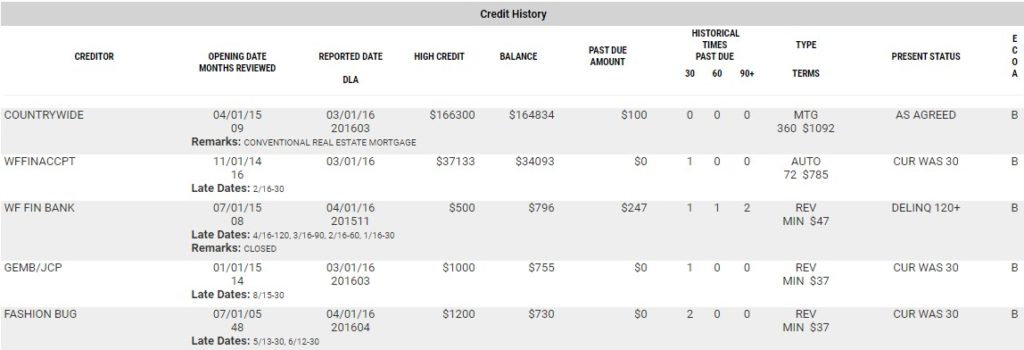
The first two factors in your credit report make up nearly two-thirds of your total score. These are payment history, and debt. 15% of this is dependent on the length and complexity of your credit history. Next is the type of credit you have used. Aiming to avoid high balances, and paying on time, will increase your score.
Payment history
Paying your bills on time can make all the difference in getting a loan. When determining credit score models, several factors are considered. This includes how timely you pay your bills. Your overall score can be affected by the amount and severity of late payments. Make sure to pay all your bills on time to avoid lowering your score.
Late payment is a major factor in your score. This is generally 30 days late. Your score will be affected if you pay late even for a few days. This mark will stay on credit reports for seven years. Lenders won't report payments that are more than 30 business days late. However, they will charge fees if your due date is missed.
Debt
Credit score includes 30% of debt. Therefore, it is important to keep track of your balances and how much of them you can afford to pay each month. Your debt amount can be affected by many factors. Avoid charging for things you don’t have the funds for. You will lose your score if the amount you owe is more than you are able to pay.

A great way to increase your credit score is by paying off as much of your outstanding debt as possible. Your outstanding debt should not exceed 30% of your credit limit. This will show the lender that your debts are being paid on time. If you have a good payment history, you may be able to increase your credit limit. Most lenders won't increase credit limits if you have a history making timely payments.
Mix of credit in use
The mix of credit types you have can play a major role in determining your credit score. You may have a good mix of revolving and installment credit, but it's not enough to simply have one type. A mixture of credit types shows you can manage multiple accounts and pay them in full each month. If you have a history with late payments, high credit usage, bankruptcy, or other financial problems, this credit mix may not be right for you.
Your credit score is approximately 10% determined by the credit types you have. This can include retail accounts, installment loans, finance company accounts, mortgage loans, and finance company accounts. Having a diverse mix of credit types helps lenders see that you can manage your financial obligations and improve your score.
Length of credit history
Length of credit history is an important factor to consider when it comes to building a credit score. Your score will rise the longer you have credit history. This factor is calculated using the sum of the ages for all your accounts, divided by the number of accounts. The average credit history is eighteen years. Your credit score considers not only the total credit history but also the age of each credit account as well as the date you last used it.
The complicated algorithm used to calculate your credit score takes into account a variety of factors including the age of your accounts. Credit scoring models are based on the oldest account.

Limit credit to limit the amount of debt
Your credit score includes several factors such as the debt to limit ratio. Your debt to credit limit is a percentage from your total credit. This number is used by many lenders in their scoring formulas. Lenders like to see a low debt/to-limit ratio. A high ratio can signify that you are a risky borrower which could lead to lower credit scores.
Calculating your debt to credit limit ratio means dividing the total debt amount by the amount of credit that you have. It is best to aim for a debt ratio below 30%. Your credit score may be negatively affected if you have a higher debt-to-limit ratio than 30%. You might not be able to buy a home or refinance an existing loan.